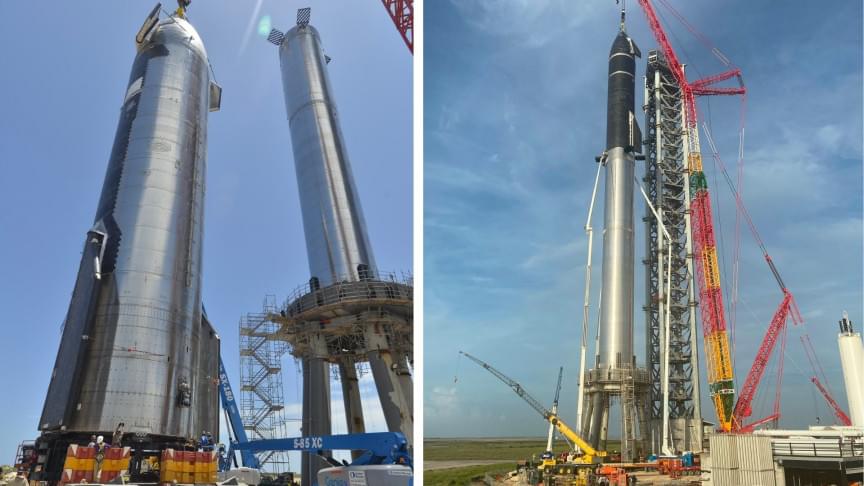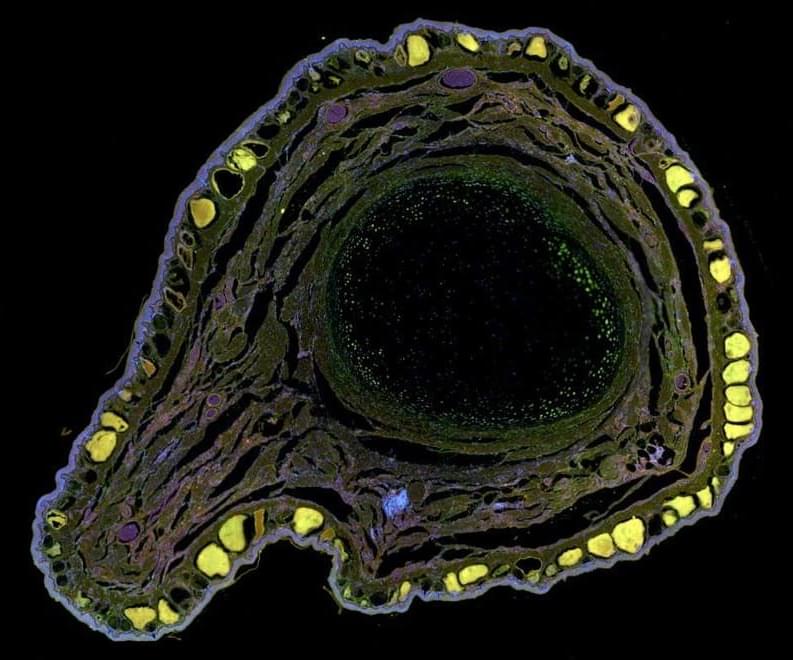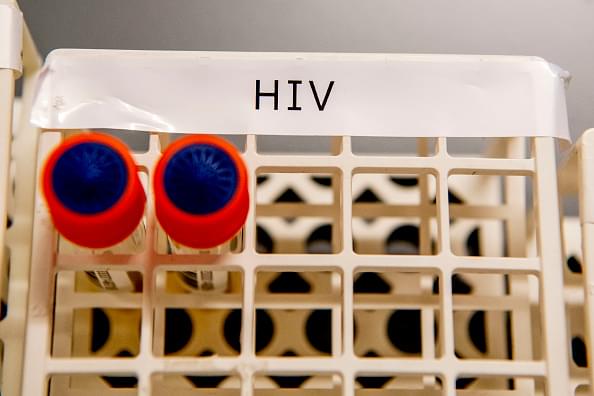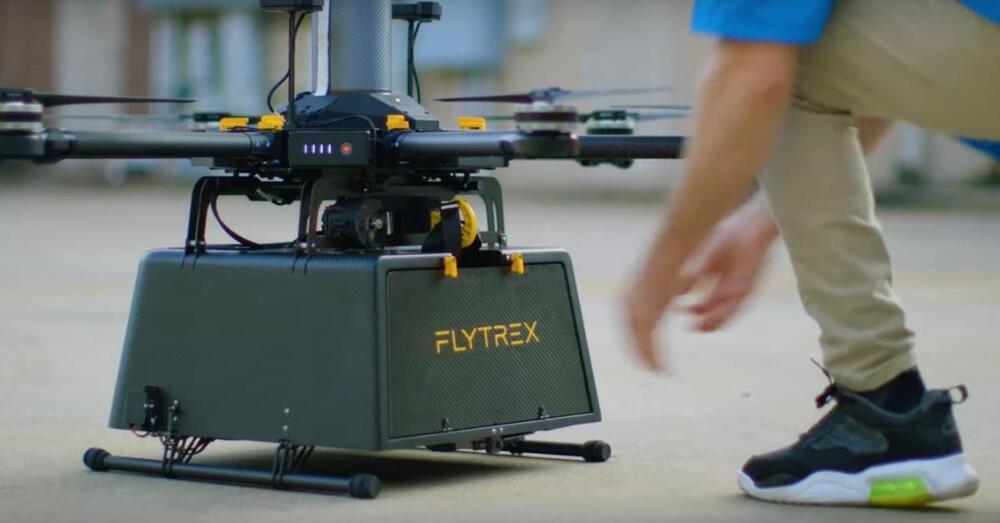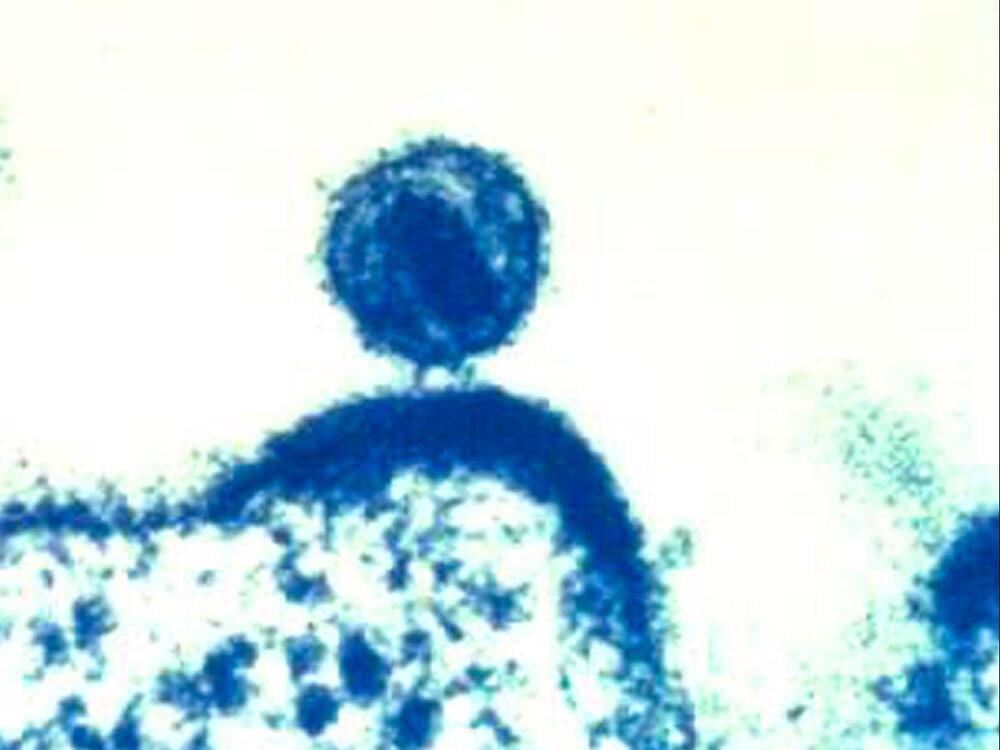
‘The fact that she’s mixed race, and that she’s a woman, that is really important scientifically and really important in terms of the community impact,’ doctor says.
The new findings were presented on Tuesday at the Conference on Retroviruses and Opportunistic Infections in Denver, Colorado.
University of California, San Francisco AIDS expert Dr Steven Deeks said that “the fact that she’s mixed race, and that she’s a woman, that is really important scientifically and really important in terms of the community impact,” The New York Times reported.
Women account for the majority of global HIV cases but only make up 11 per cent of participants in cure trials. The disease is thought to develop differently in men and women.
